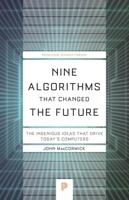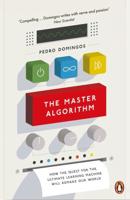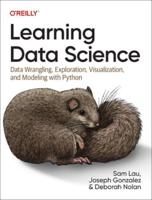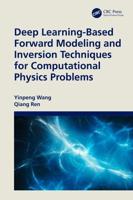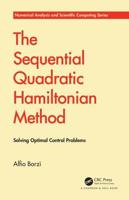Publisher's Synopsis
This book deals with novel machine vision architecture ideas that make real-time projection-based algorithms a reality. The design is founded on raster-mode processing, which is exploited in a powerful and flexible pipeline. We concern ourselves with several image analysis algorithms for computing: projections of gray-level images along linear patterns (i. e. , the Radon transform) and other curved contours; convex hull approximations; the Hough transform for line and curve detection; diameters; moments and principal components, etc. Addition ally, we deal with an extensive list of key image processing tasks, which involve generating: discrete approximations of the inverse Radon transform operator; computer tomography reconstructions; two-dimensional convolutions; rotations and translations; multi-color digital masks; the discrete Fourier transform in polar coordinates; autocorrelations, etc. Both the image analysis and image processing algorithms are supported by a similar architecture. We will also of some of the above algorithms to the solution of demonstrate the applicability various industrial visual inspection problems. The algorithms and architectural ideas surveyed here unleash the power of the Radon and other non-linear transformations for machine vision applications. We provide fast methods to transform images into projection space representa tions and to backtrace projection-space information into the image domain. The novelty of this approach is that the above algorithms are suitable for implementa tion in a pipeline architecture. Specifically, random access memory and other dedicated hardware components which are necessary for implementation of clas sical techniques are not needed for our algorithms.




